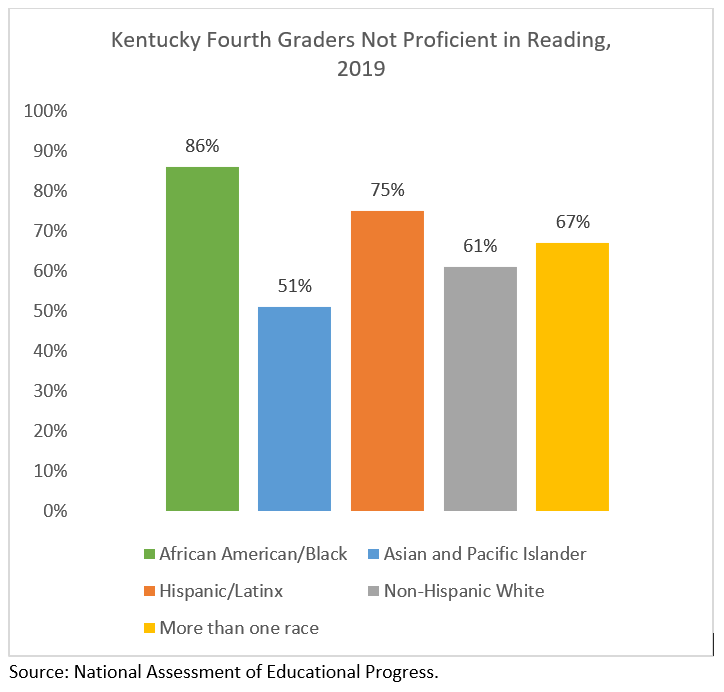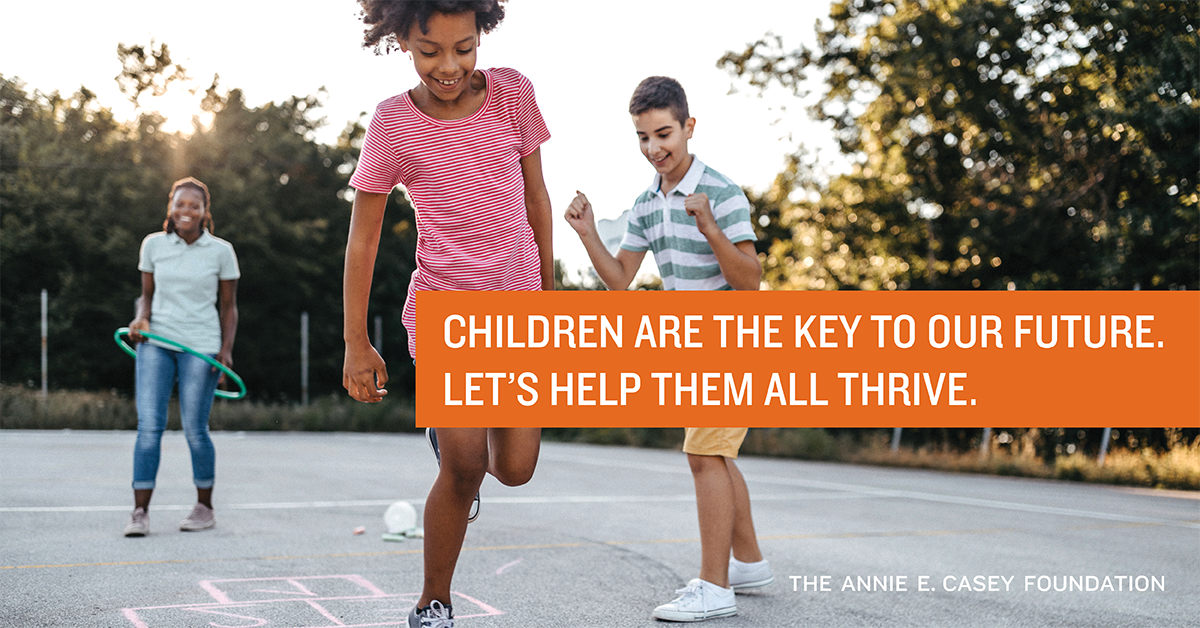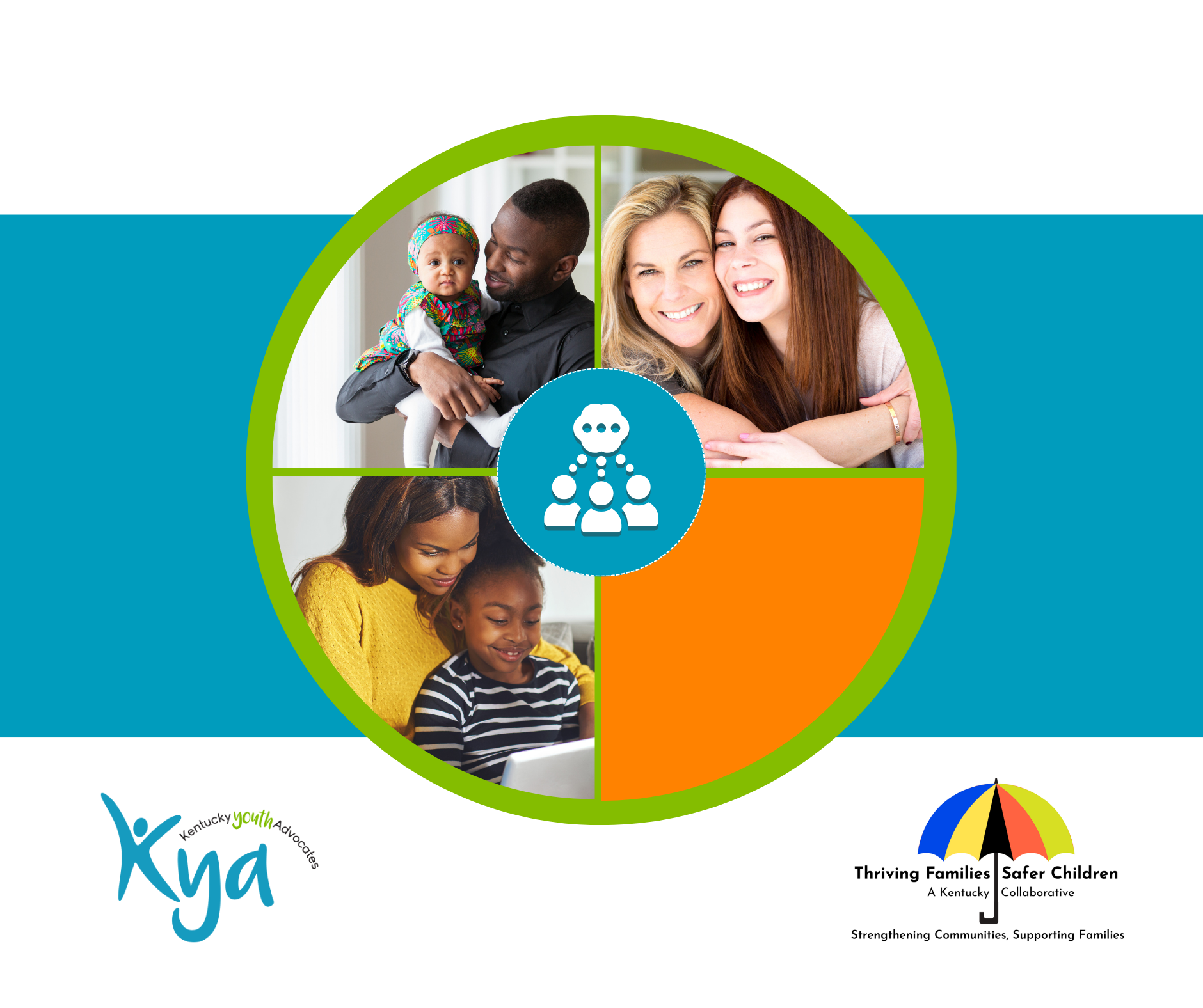In June, Kentucky Youth Advocates co-released the Annie E. Casey Foundation’s 2020 KIDS COUNT Data Book, which tracks child well-being across states. The Data Book is perhaps best known for its state rankings that generate newspaper headlines, but another hallmark is its unflinching portrayal of how child well-being differs by race and ethnicity. The Casey Foundation and Kentucky Youth Advocates know that data for the child population as a whole frequently (in fact, almost always) mask significant differences across racial groups.
Far too often in this country, the color of a child’s skin determines their level of opportunity to thrive. We lifted up examples in our state press release and recent Advocate Virtual Forums of racial disparities for Kentucky children, in the belief that advocates can use this data to hold decision-makers accountable. We compiled Kentucky data disaggregated by race and ethnicity for all 16 of the child well-being indicators used in the national Data Book – the spreadsheet can be viewed here – and we focus on some of those in this blog post, because as the Data Book says,
“Despite gains for children of all races and income levels during the reporting period, the nation’s racial inequities remain deep, systemic and stubbornly persistent.”
 Perhaps the most disturbing data among the 16 indicators are the racial disparities in child poverty, as growing up poor has wide-ranging and long-lasting repercussions. Black and Hispanic communities have faced historical and ongoing discrimination in housing, employment, and financial services, which has compounded across generations and resulted in many families having less wealth and assets and being more racially and economically segregated. In Kentucky, children who are Black, Hispanic, or multi-racial are more likely to live in poverty than children who are non-Hispanic White.
Perhaps the most disturbing data among the 16 indicators are the racial disparities in child poverty, as growing up poor has wide-ranging and long-lasting repercussions. Black and Hispanic communities have faced historical and ongoing discrimination in housing, employment, and financial services, which has compounded across generations and resulted in many families having less wealth and assets and being more racially and economically segregated. In Kentucky, children who are Black, Hispanic, or multi-racial are more likely to live in poverty than children who are non-Hispanic White.
Another deeply disturbing disparity is found in fourth grade reading proficiency levels. A child who struggles to read proficiently as a fourth grader is less likely to graduate on time and more likely to struggle economically as an adult. While there are a number of contributing factors, research suggests that unconscious bias causes schools to act differently toward youth of color, from teacher expectations of students to the frequency and severity of discipline used, beginning as early as preschool.  And exclusionary school punishment like out-of-school suspension – disproportionately used against students of color – is harmful to academic growth and significantly contributes to the achievement gap in reading between Black and White students.
And exclusionary school punishment like out-of-school suspension – disproportionately used against students of color – is harmful to academic growth and significantly contributes to the achievement gap in reading between Black and White students.
In Kentucky, Black, Hispanic, and multiracial fourth grade students in public schools are more likely to not be proficient in reading compared to their Asian and non-Hispanic White peers. These differences cannot be solely explained by income disparities, as even among low-income children, Black and Hispanic fourth graders are less likely to score at or above proficient in reading than their White peers.
There are many other indicators of child well-being with significant differences by race – too many to detail here – but in addition to a child’s race/ethnicity and their family income, where they live can also be a powerful influence on child well-being. Whether it’s the presence, or lack of, public policies (such as tobacco-free laws), the economic impact of industries concentrated in certain regions (such as the coal mines of eastern Kentucky), or the health consequences of living in a neighborhood with a lot of exposure to air pollution, lead paint, or pesticides, place is also a strong determinant of children’s opportunities to thrive.
Kentucky Youth Advocates invites you to join us as we learn more about, discuss, and advocate for changes to address these deep, systemic, and stubbornly persistent disparities.
- View all of the data available by race and ethnicity from the Casey Foundation on the KIDS COUNT Data Center.
- Listen to recordings of our Advocate Virtual Forums in which advocates and policymakers discuss race inequities, especially this week’s forum with representatives from La Casita Center, Louisville Urban League, ACLU of Kentucky, and the Cabinet for Health and Family Services’ Office of Health Equity. New topics are covered each week.
- Join our strategy conversations with partners on improving racial equity, inclusion and diversity by contacting Policy and Advocacy Director, Cortney Downs at cdowns@kyyouth.org.







Leave A Comment